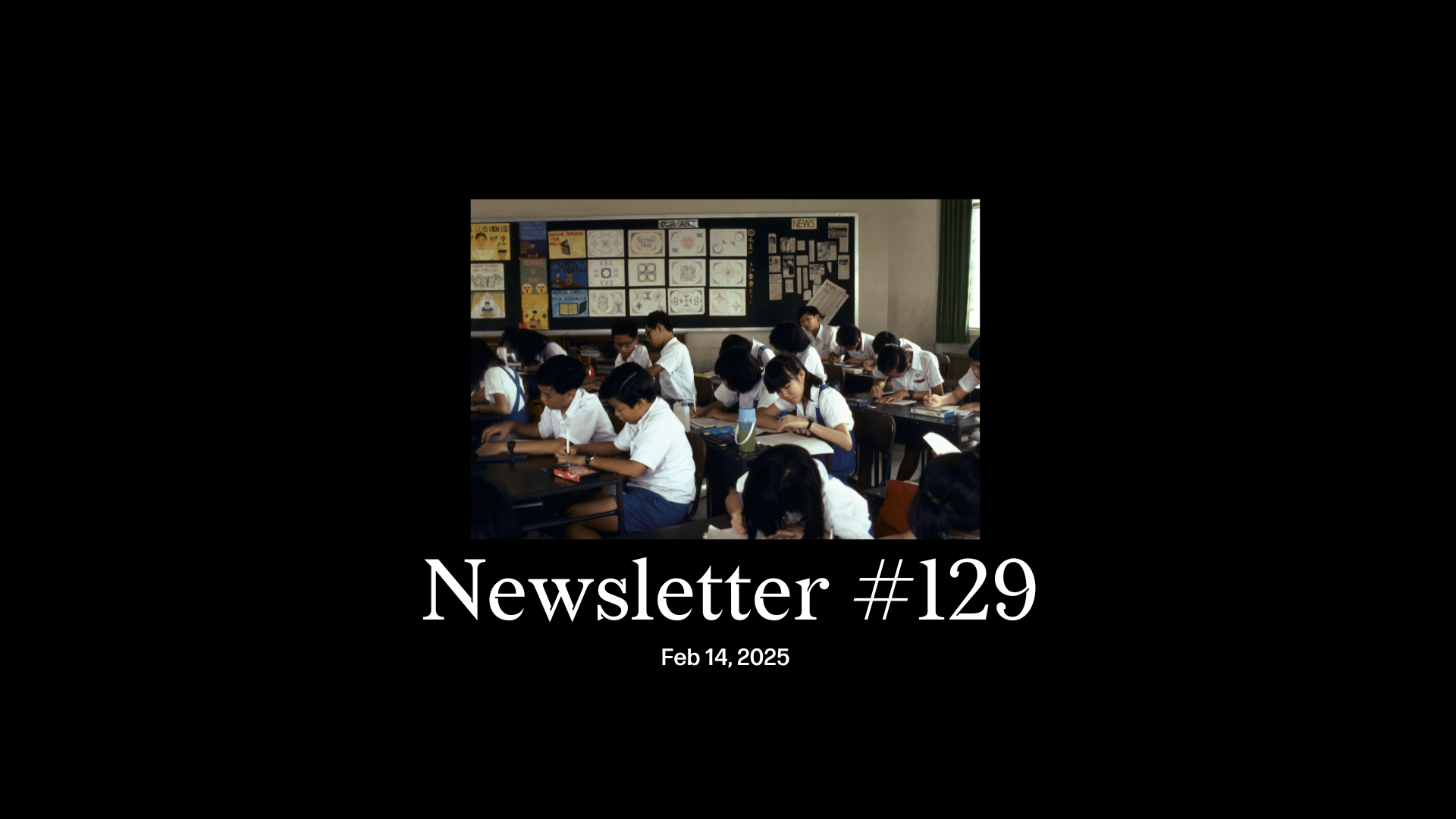Dear reader,
Letters to the editor. Thanks, Isaac Neo and Max Yeo, two former gifted education programme (GEP) students, for your responses to fellow alumni Faith Ho’s reflections.
A feisty CPF debate. Thanks, Shawn Low, for questioning some of the arguments put forth by Bobby Jayaraman in “Why Singapore’s elderly continue to work: reserves and CPF demystified”. Among other things, Shawn has defended the risk-free rate offered by CPF. We have decided to publish their exchange at the bottom of the original piece. Read it now, ahead of next week’s budget.
- Will the real racist please stand up? Shanmugam vs Leong Mun Wai
- ISA actions against an “East Asian supremacist” and Hamas supporters
- Singapore’s laudable efforts to address the S$677bn global scam industry
- Low prevalence here, but do we enable corruption elsewhere?
- The fate of our mangroves, the “rainforests by the sea”
- “Mandilah Singapura”, the great shower debate
- Feminine eroticism at Goodman, led by syrup, a new collective
- Government efforts to improve oversight of GenAI
And more, in our weekly digest. Read it now.
Essay: “Don’t buy your own ‘koyok’: why we must reform primary education”.
The dreaded PSLE. Most of us have been there, as student, parent, or both. Some 36 years later, I can still remember the moment, the sun streaming into the hall of St Andrew’s School in Potong Pasir, those pink, fish-scaled walls gleaming with collective expectation, when I saw that three-digit number, which I then believed would determine my entire life, and which for some annoying rando aunties and uncles, was the only thing about me that mattered.
But why does Singapore continue to insist on a high-stakes exam so early in life? What should a young person’s education in the 21st century really be about? How can we improve the well-being of children, teachers and parents?
Sadly, even though these questions are regularly discussed in multiple fora, the debate is often constrained by the ideological biases of a paper-grade-obsessed meritocracy, of a bureaucracy that for too long has bought its own koyok.
Today, Pooja Bhandari, a former civil servant and founder of EveryChild.SG, cuts through the noise, beginning with a series of startling facts, familiar to many, but worth repeating.
“At the root of many problems is the bare fact that class sizes are too big. Consider that in most developed countries, including the US and across the EU, government primary class sizes average about 20 students each. This is also the case for private schools in developing countries like India and China—and private schools here, such as the Singapore American School.
By contrast, Singapore government primary schools typically have 30 students per class in Primary 1 and 2, which then jumps to 40 from Primary 3 to 6, double the norm for rich countries.”
We’re all familiar with the resource rebuttals that will come, but they’re no longer good enough. Singapore still alarmingly spends more on defence than education, unaware that the real problem is not the imagined enemy beyond, but the brewing social tensions within.
Pooja also debunks many nonsensical notions that have assumed the air of fact. “Meanwhile, parents, ironically, are blamed for a competitive game they’re forced to play. There is a pervasive belief, encouraged by the government, that it is up to them to reduce this pressure in our system. This is misguided. The pressure is self-perpetuating, out of individual control, and likely to get worse as wealth and income inequality worsen further.”
Change will not be easy, Pooja concludes, but it is possible. She ends with four clear recommendations. Read her essay now. The refrain that our children’s future depends on it is a bit clichéd and overused. But with this topic, it’s just the plain truth.
Jom belajar,
Sudhir
Editor-in-chief, Jom
If you’ve enjoyed our newsletters, please scroll to the bottom of this page to sign up to receive them direct in your inbox.







